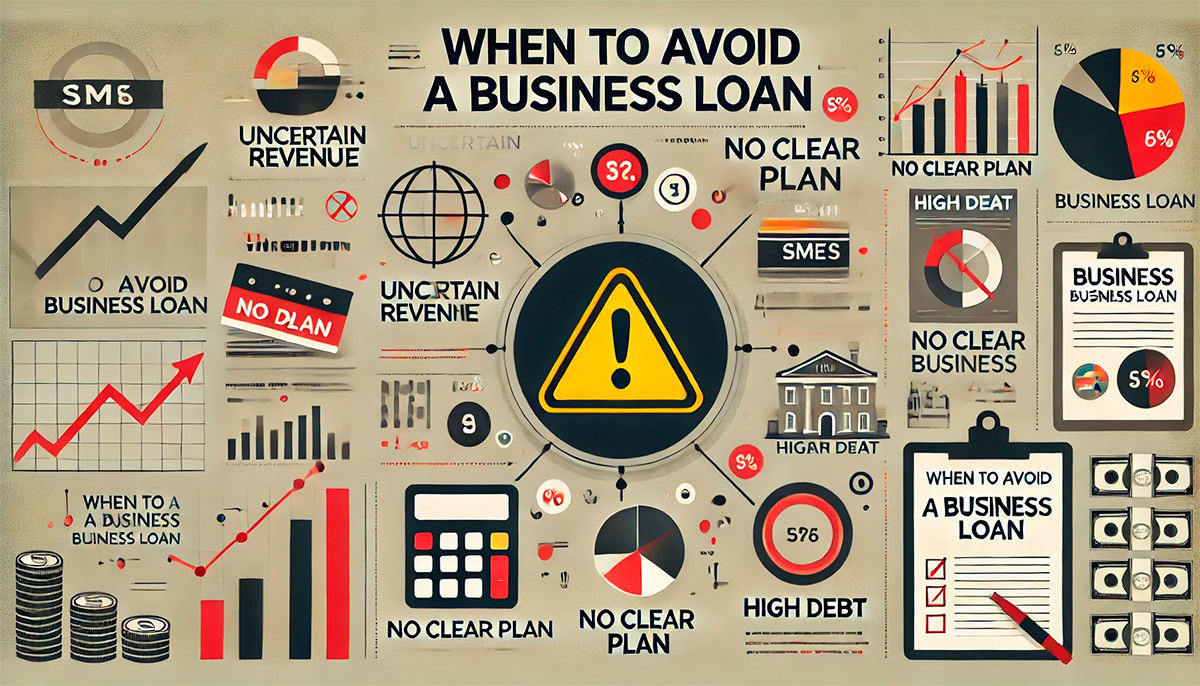For small and medium-sized enterprises (SMEs), accessing financing can be a critical factor in achieving growth, managing cash flow, and seizing new opportunities. Business loans are one of the most common financing options available to SMEs. However, like any financial decision, taking out a loan comes with both advantages and disadvantages. In this guide, we’ll explore these pros and cons in a structured manner, providing clarity on when a loan can benefit your business and when it might pose risks.
Advantages of Business Loans for SMEs
Business loans offer several key benefits, particularly for SMEs that are looking to expand or stabilize their operations. Below is a breakdown of the primary advantages:
| Advantage | Description |
|---|---|
| Access to Capital | Business loans provide SMEs with immediate access to capital that might otherwise be out of reach. This allows for investment in growth, such as purchasing equipment, hiring staff, or expanding into new markets. |
| Flexibility in Use | Once approved, many business loans can be used for various purposes. SMEs can decide where the funds are most needed—whether for operational expenses, inventory, or marketing campaigns. |
| Maintain Ownership | Unlike venture capital or equity financing, business loans do not require the business owner to give up a portion of their company. Ownership remains intact, allowing the business to grow while maintaining control. |
| Build Business Credit | Successfully repaying a business loan helps build your company’s credit profile, making it easier to secure future financing with better terms and lower interest rates. |
| Tax Benefits | Interest paid on a business loan is often tax-deductible, reducing the overall cost of borrowing for SMEs. |

Disadvantages of Business Loans for SMEs
While business loans can be beneficial, they also come with certain drawbacks that SMEs should consider carefully. The table below outlines the most common disadvantages:
| Disadvantage | Description |
|---|---|
| Interest Costs | Business loans, particularly for smaller companies or those with lower credit ratings, can come with high interest rates. Over time, the cost of borrowing can accumulate, eating into profits. |
| Collateral Requirements | Many business loans require the SME to offer collateral, such as property or equipment. If the business defaults on the loan, the lender can seize these assets, potentially damaging the business. |
| Strict Repayment Schedules | Loans come with fixed repayment schedules that must be adhered to. For businesses with fluctuating cash flows, this can create pressure to meet payments even during slower periods. |
| Potential for Over-leveraging | Taking on too much debt can lead to over-leveraging, where the business struggles to meet its debt obligations. This can limit flexibility and stifle growth if the business becomes too focused on debt repayment. |
| Time-Consuming Application Process | Applying for a business loan can be a lengthy process that requires extensive documentation, including financial statements, business plans, and credit checks. |

When to Consider a Business Loan
Not all SMEs will benefit from taking on debt, but in certain circumstances, a business loan can be a strategic decision. Here are a few scenarios where a loan might make sense:
- Growth Opportunities: If your business has a clear growth plan and needs funding to execute it (e.g., opening new locations, increasing production), a loan can provide the capital required to make that leap.
- Improving Cash Flow: For businesses with seasonal revenue fluctuations, a loan can help smooth out cash flow and ensure operational stability during slower periods.
- Consolidating Debt: If your business is already carrying multiple forms of high-interest debt, a loan with better terms can help consolidate that debt into a more manageable, lower-interest payment.
- Investing in Equipment: Loans specifically designed for equipment purchases can allow your business to increase productivity or expand services without depleting working capital.
When to Avoid a Business Loan
There are also situations where taking out a loan might not be the best option for your SME:
- Uncertain Revenue Streams: If your business is in its early stages or experiencing unpredictable cash flow, taking on debt could lead to difficulties in repayment, putting your business at risk.
- Lack of Clear Use for Funds: Don’t take out a loan unless you have a well-defined plan for how to use the funds. Simply having access to money without a strategic use can lead to poor investment decisions.
- High Debt Levels: If your business is already carrying significant debt, adding more could lead to over-leveraging, which can constrain future growth opportunities and limit financial flexibility.
Conclusion: Balancing the Pros and Cons
Business loans can be a powerful tool for SMEs looking to grow, invest, or stabilize cash flow. However, it’s essential to carefully weigh the advantages and disadvantages before making a decision. While loans can provide the necessary capital for expansion and investment, they also come with risks, including interest costs, collateral requirements, and the potential for financial strain.
Ultimately, the decision to take out a loan should be based on your company’s specific needs, financial health, and long-term strategy. If used responsibly, business loans can open the door to new opportunities and growth, but they should always be approached with caution and careful planning.

